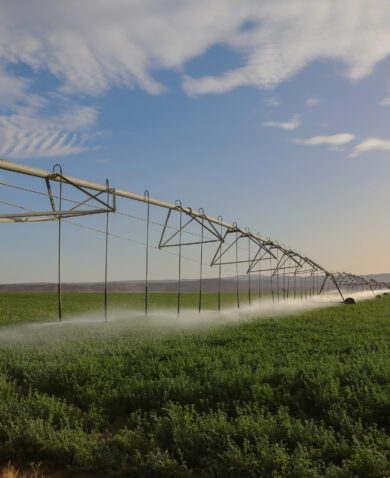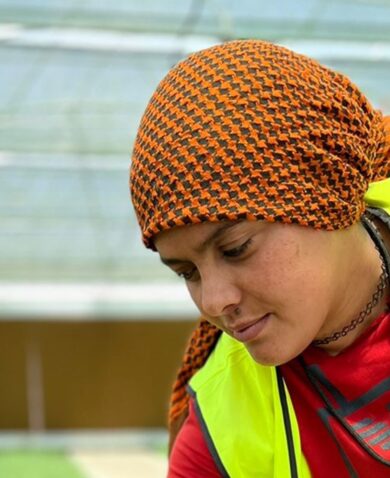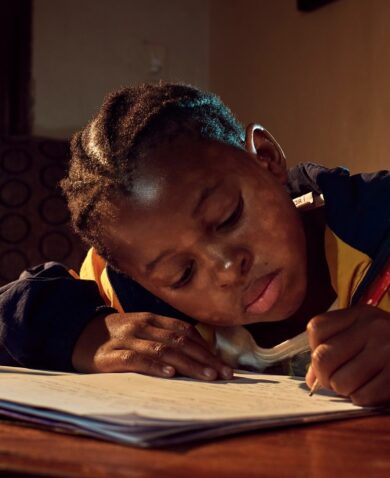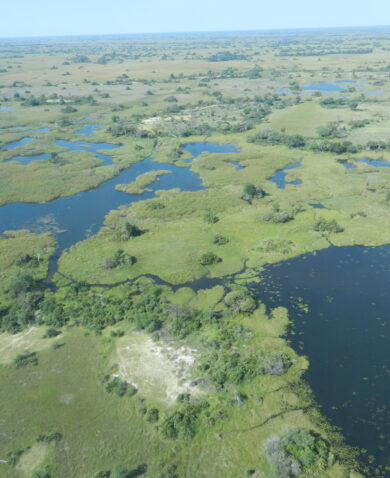Sri Lanka Energy Program
Sri Lanka’s power system currently faces considerable challenges that limit the country’s ability to secure the electricity supplies it needs to fuel rapid economic growth while progressing toward its target of generating 80% renewable energy by 2030. The Ceylon Electricity Board, a state-owned utility, is financially weak due to non-cost reflective tariffs and high generation costs. The national grid infrastructure and policy and regulatory environment are also fragile and in need of modernization so that Sri Lanka can realize its bright prospects, making the most of its skilled workforce and abundant natural resources.
USAID’s Sri Lanka Energy Program partners with many power sector stakeholders, including the Ceylon Electricity Board, to help Sri Lanka’s electricity sector transition to a more secure, reliable, sustainable, and market-based system. The program supports Sri Lanka in restoring cost-reflectivity in the country’s electricity tariffs, increasing investment in clean energy resources, improving demand-side management programs to increase energy efficiency, and supporting the deployment of advanced energy technologies.
The program assists Sri Lanka with positioning itself to sustain rapid economic growth and meet its 2030 target by strengthening the Ceylon Electricity Board’s finances and operational systems, building a healthier technical and regulatory environment for advanced energy systems, and engaging the private sector more actively across the electricity sector. This work will enable Sri Lanka to increase its use of renewable resources, achieve its sustainable development goals, and improve its economic competitiveness.





















































